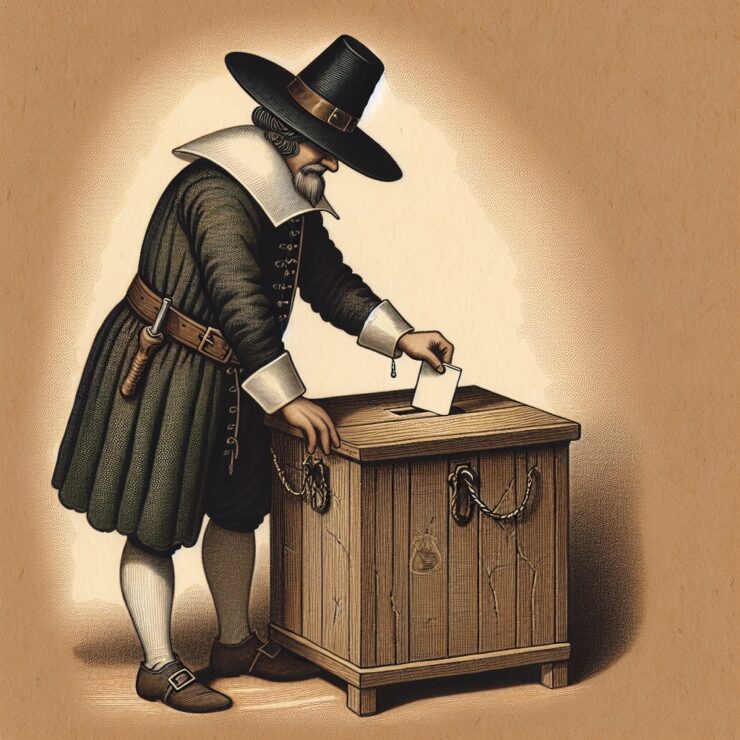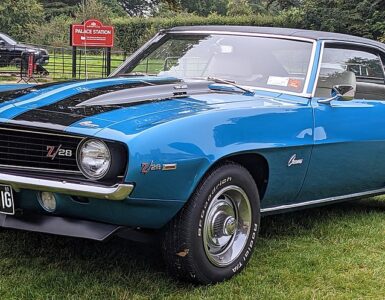Thanksgiving is grounded in much mythology. Puritanical Pilgrims, eager to escape the residual Catholic elements still invested in their Anglicanism, desperately sought refuge to practice their religious principles peacefully in a New World. Though we can point to Jamestown as America’s initial investiture into capitalism as a founding principle, it is equally grounded in one’s principle in practicing one’s faith freely, without fear of retribution.
Thus, in 1620, a group historically known as “The Pilgrims” boarded the Mayflower and set sail from Plymouth, England. The Pilgrims arrived in modern-day Massachusetts and anointed a settlement called Plymouth. The encompassing history of their settlement can be read elsewhere; but, in this article, we’ll delve into the historical facts about the Pilgrims and their history with Thanksgiving.
Dueling Mayflowers
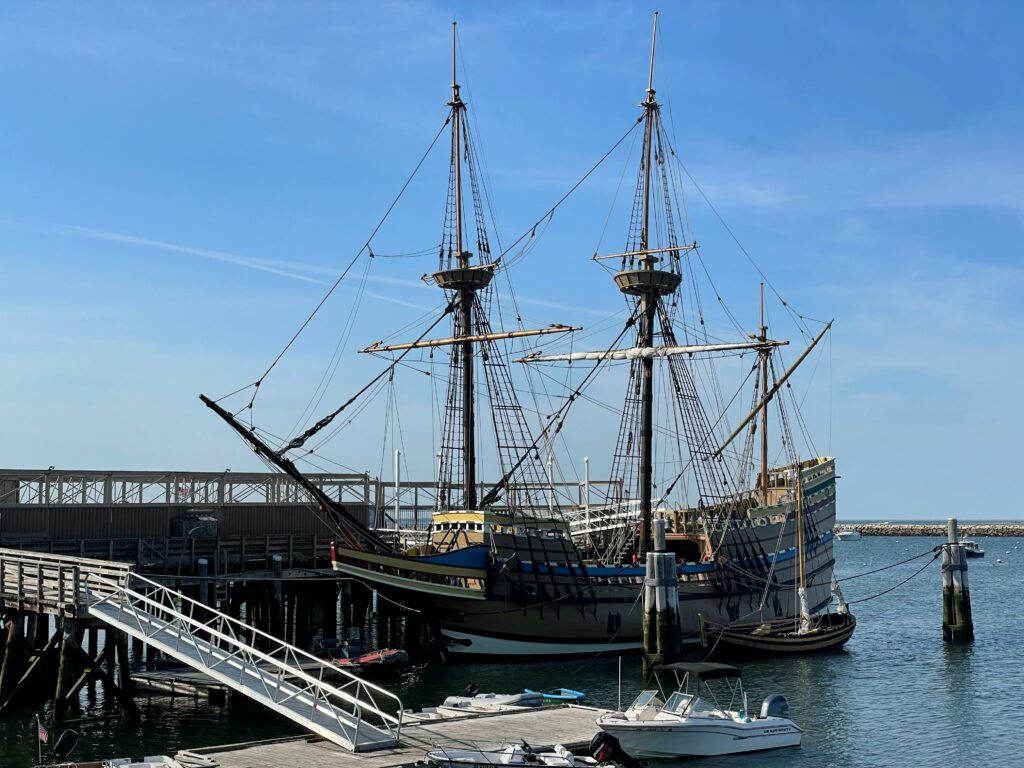

Though mythology stipulates that a single sailing vessel, the celebrated Mayflower, offered safe harbor to English Puritans desiring passage to America, there were actually two vessels that participated in the vaunted voyage across the Atlantic.
The English Puritanical sect had previously escaped the persecution of James I by relocating to the Netherlands. After twelve years in the Dutch state, they again sought a safer haven, this time in the New World. Initially, they coalesced to purchase a ship known as the Speedwell to shepherd them across the Atlantic. Their financer, a merchant adventurer named Thomas Weston, also rented a ship called the Mayflower, which was only intended to serve as a cargo ship and as a space for overflow passengers.
In July 1620, however, the Speedwell had a nefarious leak, causing the ship to be abandoned. The more intrepid passengers elected to persevere, instead boarding the Mayflower. The more timorous among the Puritans remained behind. Hence the Mayflower set sail, eventually settling in the future colony of Massachusetts.
Divine Intervention – The Pilgrims
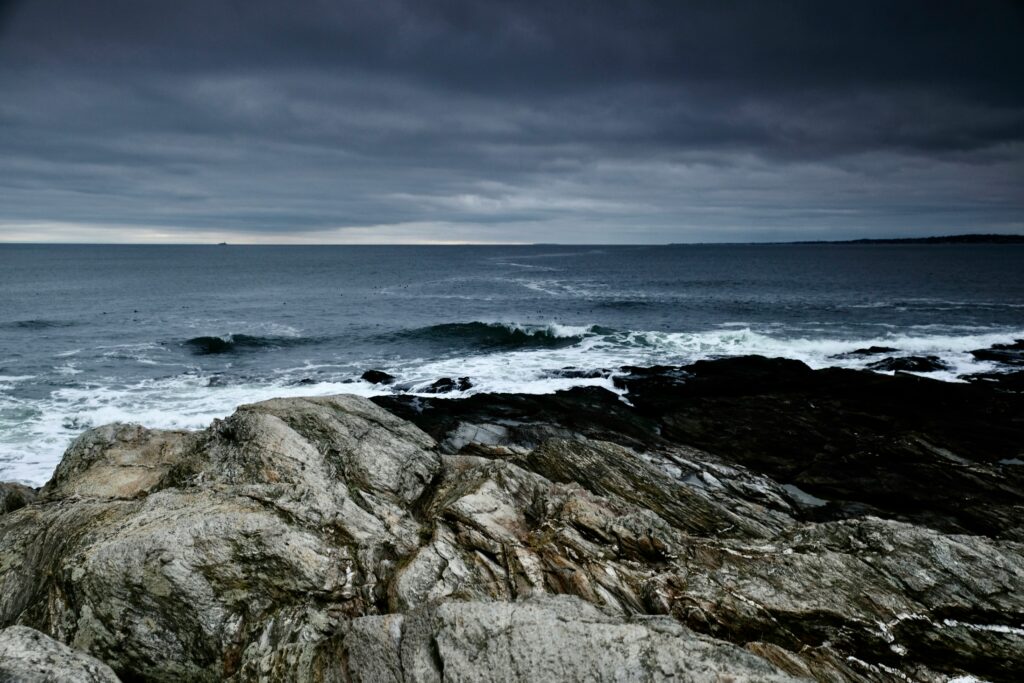

Due to complications encountered with the Speedwell, the Pilgrims were forced to disembark later than they had initially anticipated, in September of 1620. Autumnal seasons are far rougher than during the summer, and so was the case with the Pilgrims.
Their intended destination was Jamestown, a colonial site previously established in 1607 in Virginia. By 1620 the colony of Jamestown was thriving, due to the commercial success of the cash crop called tobacco.
As a result of more bellicose seas, the Mayflower was blown off course, ultimately spotting land along the coastline of Massachusetts. Were it not for the failure of the Speedwell, therefore, the history of New England would be vastly different.
A New Democracy
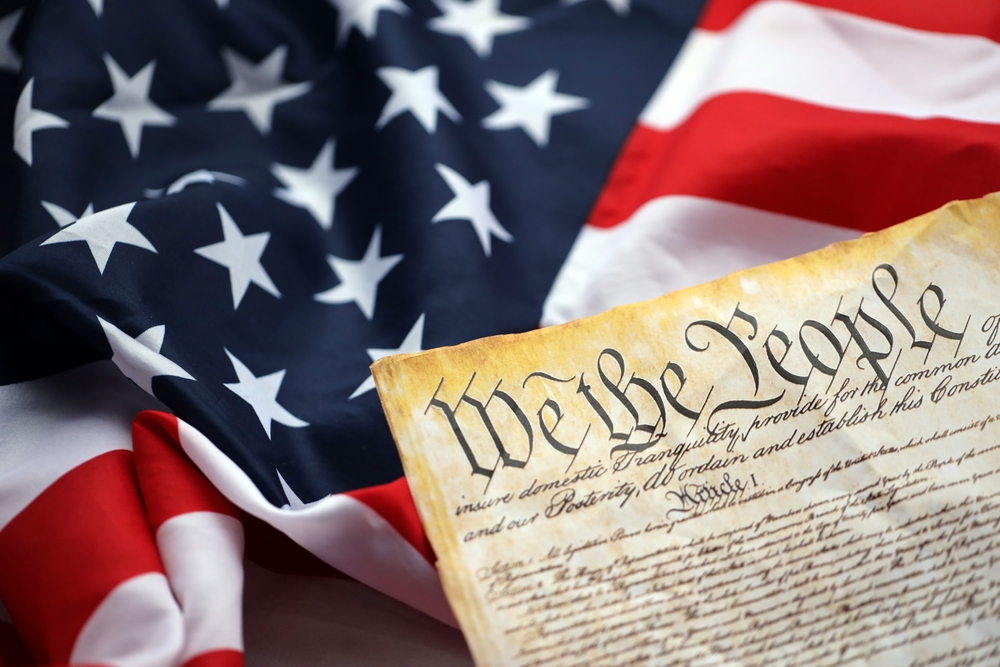

Once the Pilgrims had arrived in Massachusetts, there was much chagrin and dismay that they had not arrived at their desired location. Many threatened to leave the volatile settlement, arguing more sanguine shores could be found further south. William Bradford, however, persuaded all the passengers to work together. The created a document, now known as the Mayflower Compact, that the established settlers would heretofore create a “body politic,” or a group united under one government. It was the first suggestion of democracy, empowered and created by the people, in a virgin land.
Consequently, the Pilgrims elected their first governor, John Carver. They selected an amenable place to settle called Plymouth. The Mayflower Compact remained law until 1691, or 71 years, until Plymouth was formally integrated into the Massachusetts Bay Colony.
If one is searching for the beginning peregrinations toward the American Constitution, it can be found in the Mayflower Compact.
A Hazardous Winter – The Pilgrims


The shores of America were not welcoming to the Pilgrims. The Mayflower set sail to America with 102 passengers on-board. During their first winter at Plymouth, 45 of them perished during a harsh New England winter. The challenges associated with their first few months in a non-native country prompted the Pilgrims to reach out to a native people, the Wampanoag, for assistance and relief.
Samoset and Squanto
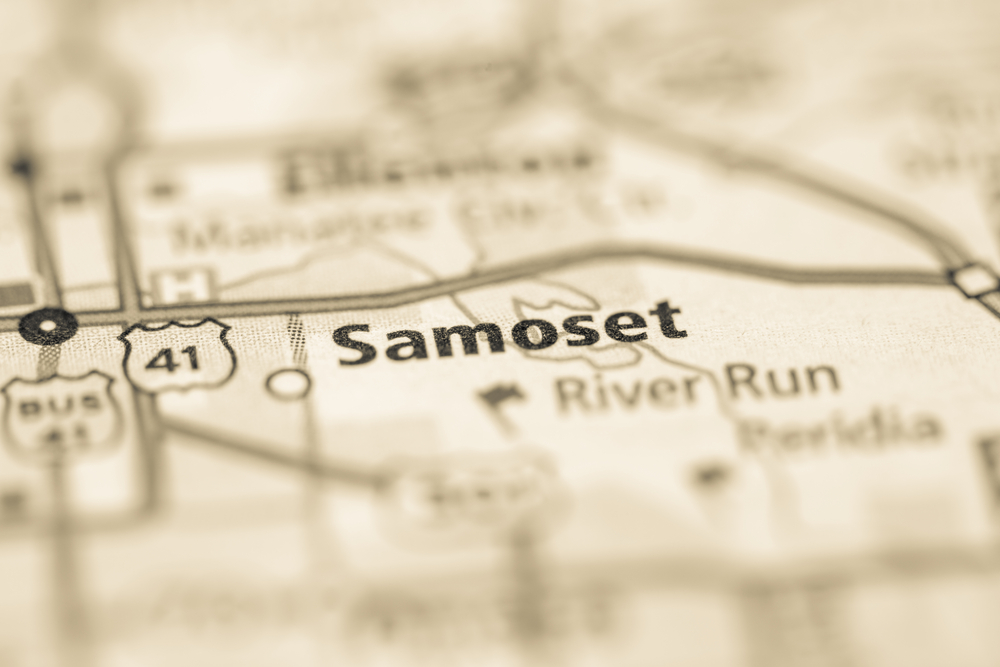

Samoset, a member of the Abenaki tribe, was the first Native American to open discourse with the newly arrived Pilgrims. Having learned rudimentary English from his encounters with colonists in Maine, Samoset was able to successfully interact with the Pilgrims, teaching them about the vicissitudes and fundamentals of their new home.
The Pilgrims enjoyed Samoset’s company, but he eventually delegated his diplomatic obligations to Squanto, who was more fluent in English. Squanto facilitated a primarily peaceful relationship between the native peoples and the new settlers, which wouldn’t fluctuate too drastically till the late 17th century.
The First Thanksgiving – The Pilgrims
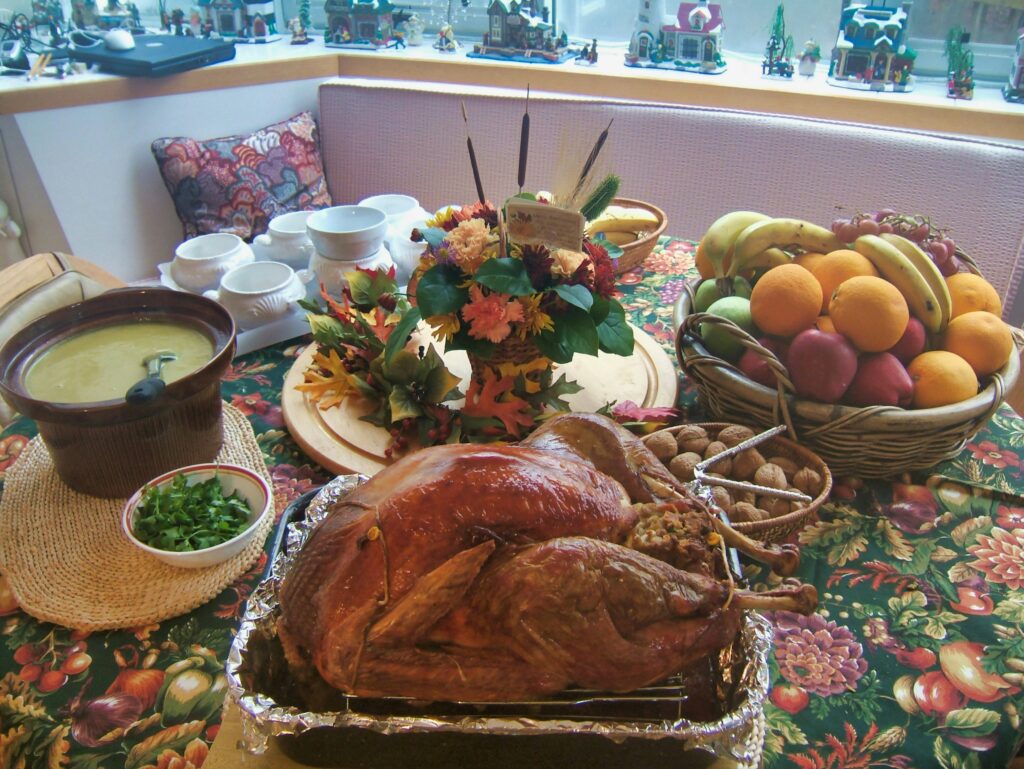

During their first frigid winter at Plymouth, most of passengers chose to subsist aboard the Mayflower. That may have been unwise, as they consequently suffered from exposure, scurvy and the outbreak of contagious disease in close quarters. Once Spring arrived, most of the surviving Pilgrims moved on-shore.
Local natives, led by Squanto, instructed the malnourished and destitute Pilgrims how to cultivate corn, trap local game, and avoid hazardous plants. Once their mutual efforts proved successful, the Pilgrims and their Native American allies gathered together in a celebratory feast lasting for three days. It remains one of the rare examples of harmony between European colonists and Native Americans.

